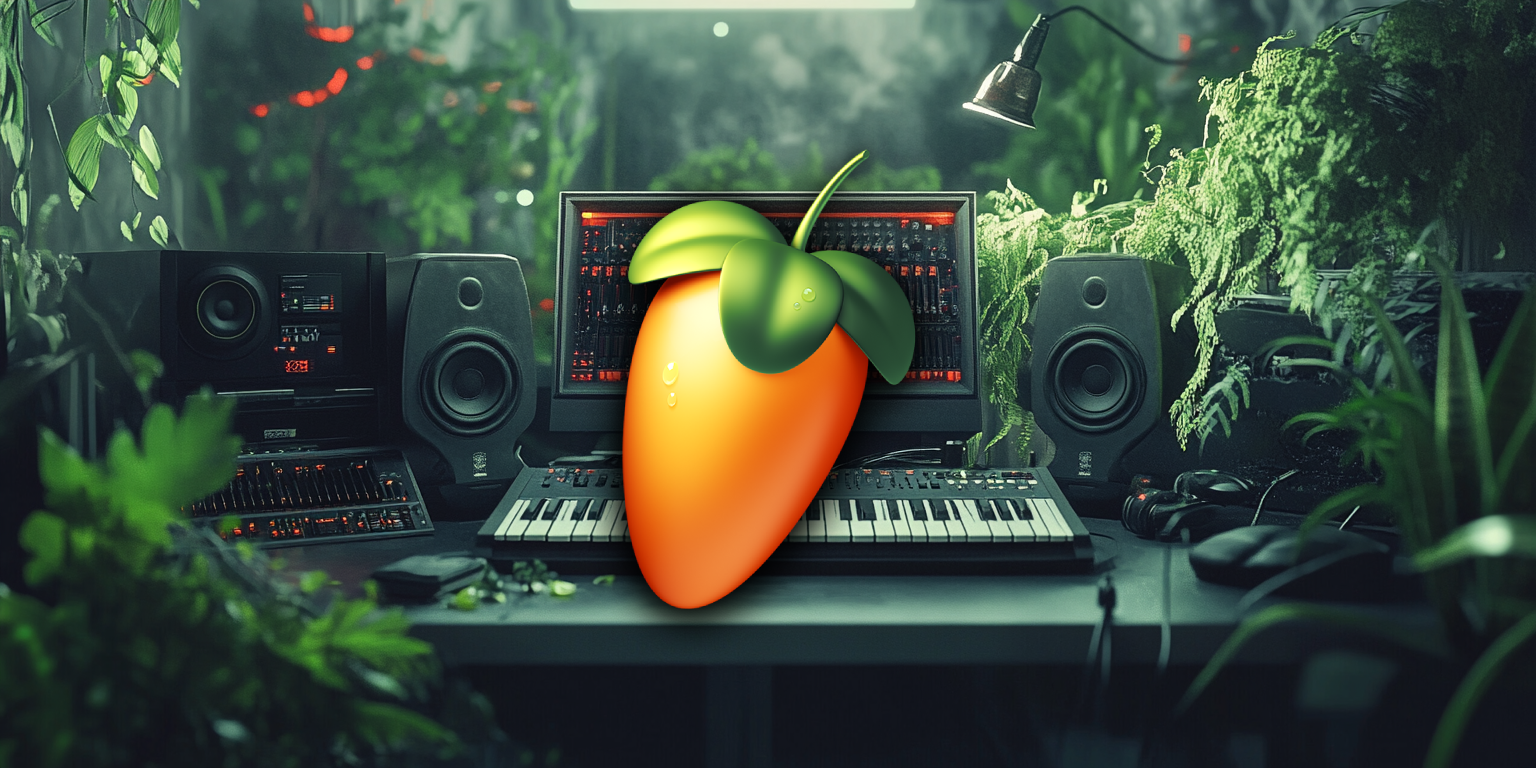Getting Started with FL Studio: A Beginner’s Guide
 bbxbeats
bbxbeats
Introduction
FL Studio is one of the most popular Digital Audio Workstations (DAWs) for music producers worldwide. Whether you're making beats, composing melodies, or creating full tracks, FL Studio has all the tools you need to bring your musical ideas to life. In this guide, we’ll walk you through the basics to help you get started on your production journey with FL Studio.
1. Download and Install FL Studio 💻
Before you begin, you’ll need to download and install FL Studio from the official website. The software offers several editions, so choose the one that best fits your needs. After installation, take a moment to explore the layout and familiarize yourself with its interface.
2. Understanding the Interface 🎛️
The FL Studio interface may seem overwhelming at first, but it’s fairly intuitive once you understand the basics. Key components include the Playlist (where you arrange your track), the Channel Rack (where you build patterns), the Mixer (for audio processing), and the Piano Roll (for creating melodies). Spend some time exploring these tools and panels.
3. Adding and Arranging Sounds 🎶
FL Studio comes with built-in sounds and virtual instruments, which you can find in the Browser on the left-hand side. To start, drag a sound or instrument into the Channel Rack and begin building patterns. You can create a drum beat, melody, or bassline by clicking on the individual steps or notes.
4. Using the Piano Roll 🎹
The Piano Roll is one of FL Studio’s most powerful tools for composing melodies, chords, and even drum patterns. To open it, right-click on any sound in the Channel Rack and select 'Piano Roll.' From there, you can click in notes, adjust their length, and experiment with chords and scales. It’s perfect for visualizing and composing your music.
5. Mixing and Applying Effects 🎧
Once you have some patterns arranged in the Playlist, it’s time to mix. Assign each sound to a Mixer track by right-clicking on the track in the Channel Rack and selecting 'Assign to Free Mixer Track.' In the Mixer, you can adjust volume levels, pan left or right, and apply effects like reverb, delay, or EQ to enhance your track.
6. Exporting Your Track 📀
Once your project is complete, you’ll want to export it as an audio file. To do this, go to 'File' > 'Export' and choose your preferred format (e.g., MP3 or WAV). Make sure to select the right export settings for the best sound quality. Now you have a finished track ready to share with the world!
7. Keep Experimenting and Learning 🎛️
FL Studio is packed with features and tools, so don’t be afraid to experiment. Whether you’re playing with automation clips, trying out new plugins, or tweaking mixer settings, there’s always something new to learn. Explore FL Studio tutorials online and keep experimenting to master the DAW.
Conclusion
FL Studio is an incredibly versatile DAW that offers endless creative possibilities for music production. By understanding the basics of its interface, arranging sounds, using the Piano Roll, and mixing your track, you’ll be on your way to creating your own music. Keep experimenting and learning, and you’ll unlock the full potential of FL Studio. 🎵
Subscribe to my newsletter
Read articles from bbxbeats directly inside your inbox. Subscribe to the newsletter, and don't miss out.
Written by

bbxbeats
bbxbeats
Hey everyone, I’m bbxbeats! I’ve been making music for over 12 years, and in 2019, I started creating type beats, eventually hitting six figures by 2021. Now, I’m focused on giving back to the community by sharing valuable tips and tricks on music production, while answering the questions I once had. If you ever want to reach out, feel free to email me at heybbxbeats@gmail.com.